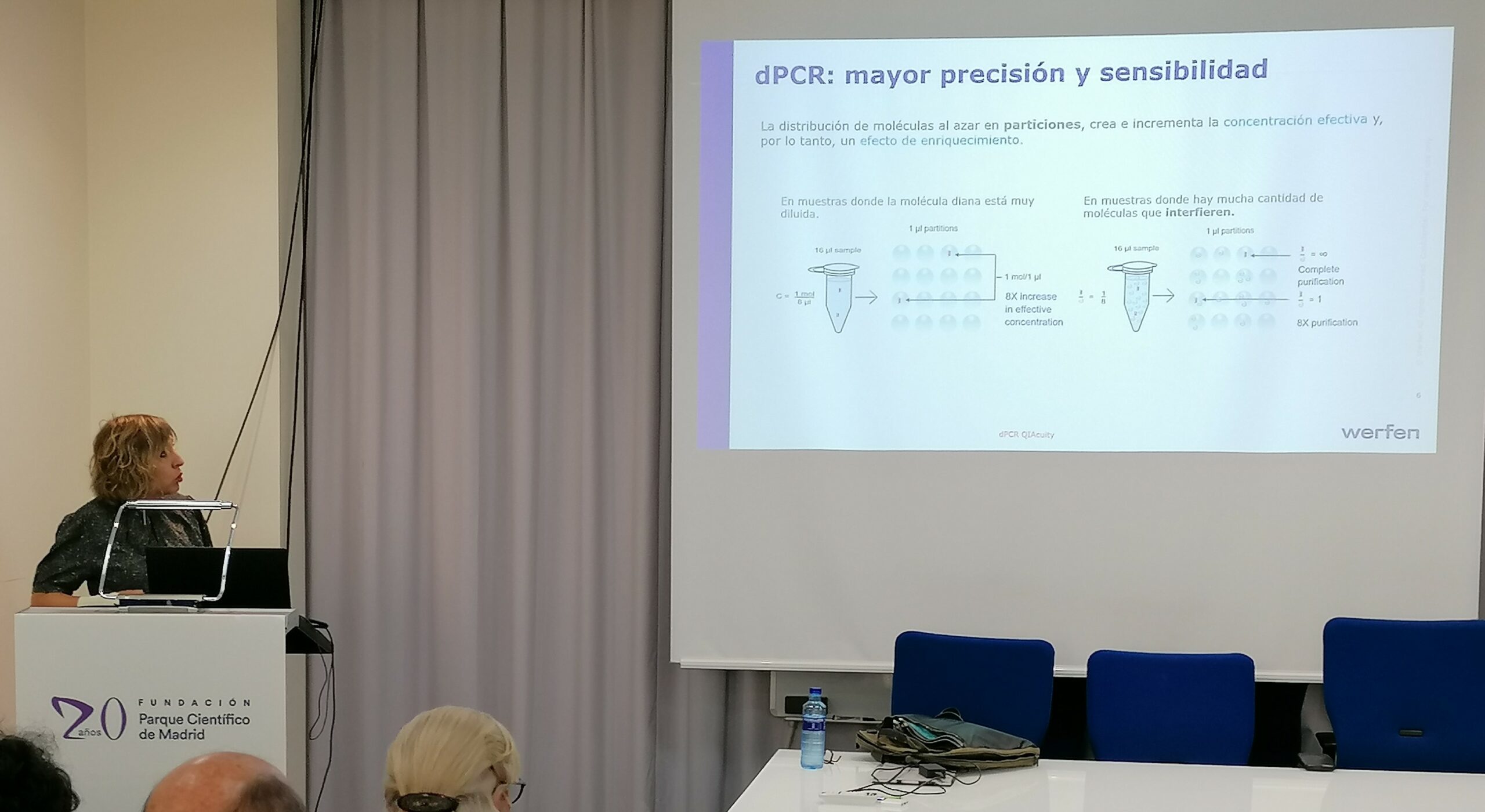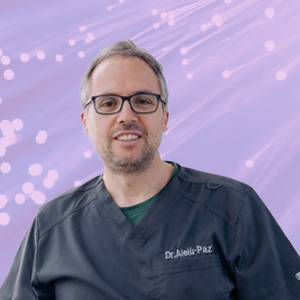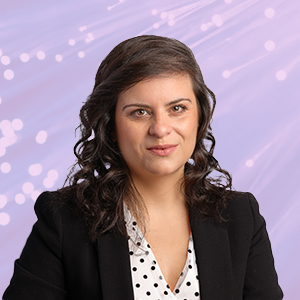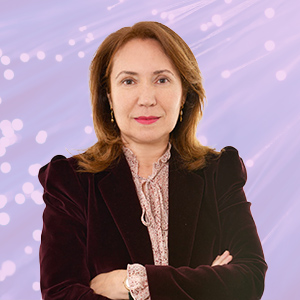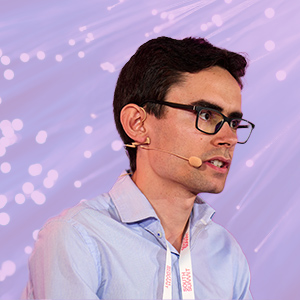
Image of the digital PCR seminar organized by Werfen and the FPCM Genomics Unit: Nuria Rodríguez shows the growth of this novel technique.
The seminar on digital PCR brings together more than 50 people to learn about the advantages and potentialities of this type of analysis.
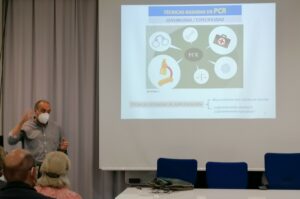
On Wednesday, June 22, 2022, a seminar on digital PCR (dPCR) was held organized by the Park’s Genomics Unit and the company Werfen. The objective was to publicize the benefits of this technique, which is already offered as a service by the FPCM. Ricardo Ramos, head of the Unit, made a brief introduction in which he contextualized dPCR and amplification techniques. This was followed by a detailed presentation by Nuria Rodríguez, the company’s biotechnology products manager for Spain and Portugal.
First, the speaker explained the bases of this type of analysis. Broadly speaking, it consists of an advanced version of the Polymerase Chain Reaction (PCR) that allows, by dividing the samples into thousands of functional replicates, an absolute quantification. This translates into several advantages. On the one hand, it increases the sensitivity and accuracy of traditional PCR. On the other hand, the results are more robust in case there are inhibitors in the sample, such as in the detection of pathogens in faecal water, faeces or soil. And on the other hand, it allows the use of calibration curves to be eliminated.
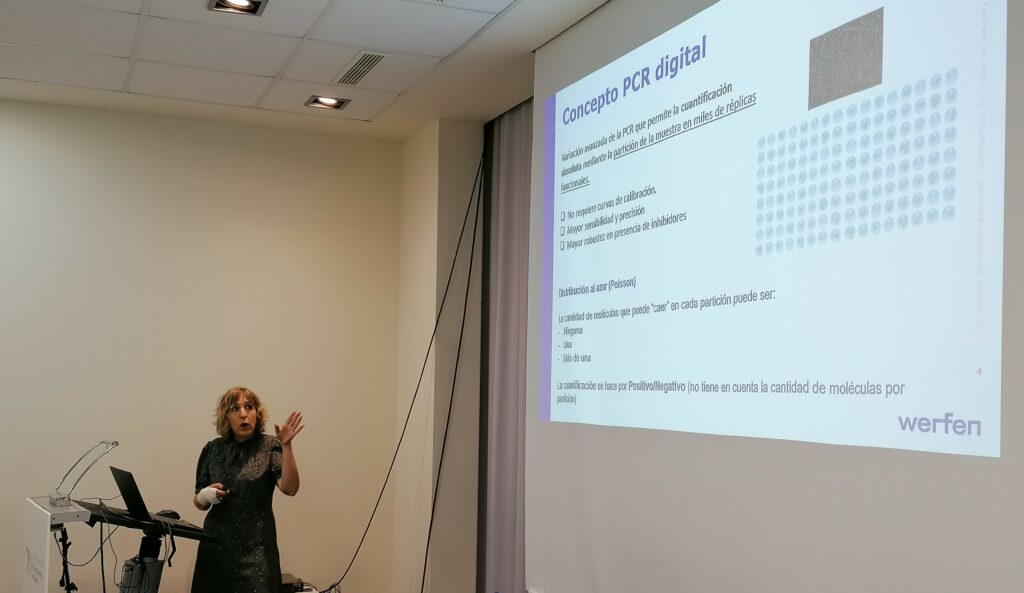
A new and rising technique
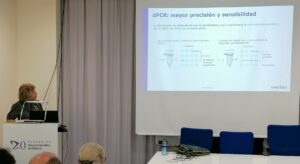
All this makes digital PCR an attractive and relatively new technique. It is not for nothing that the use of dPCR has multiplied since 2010 among the research community, as the speaker graphically showed. In addition, this type of analysis allows greater reproducibility of the results in cases where real-time PCR (qPCR) is not capable.
However, digital PCR also requires an essential prior tune-up. Therefore, at the end of the seminar, the speaker offered a quick guide for the design and optimization of tests with this technique.
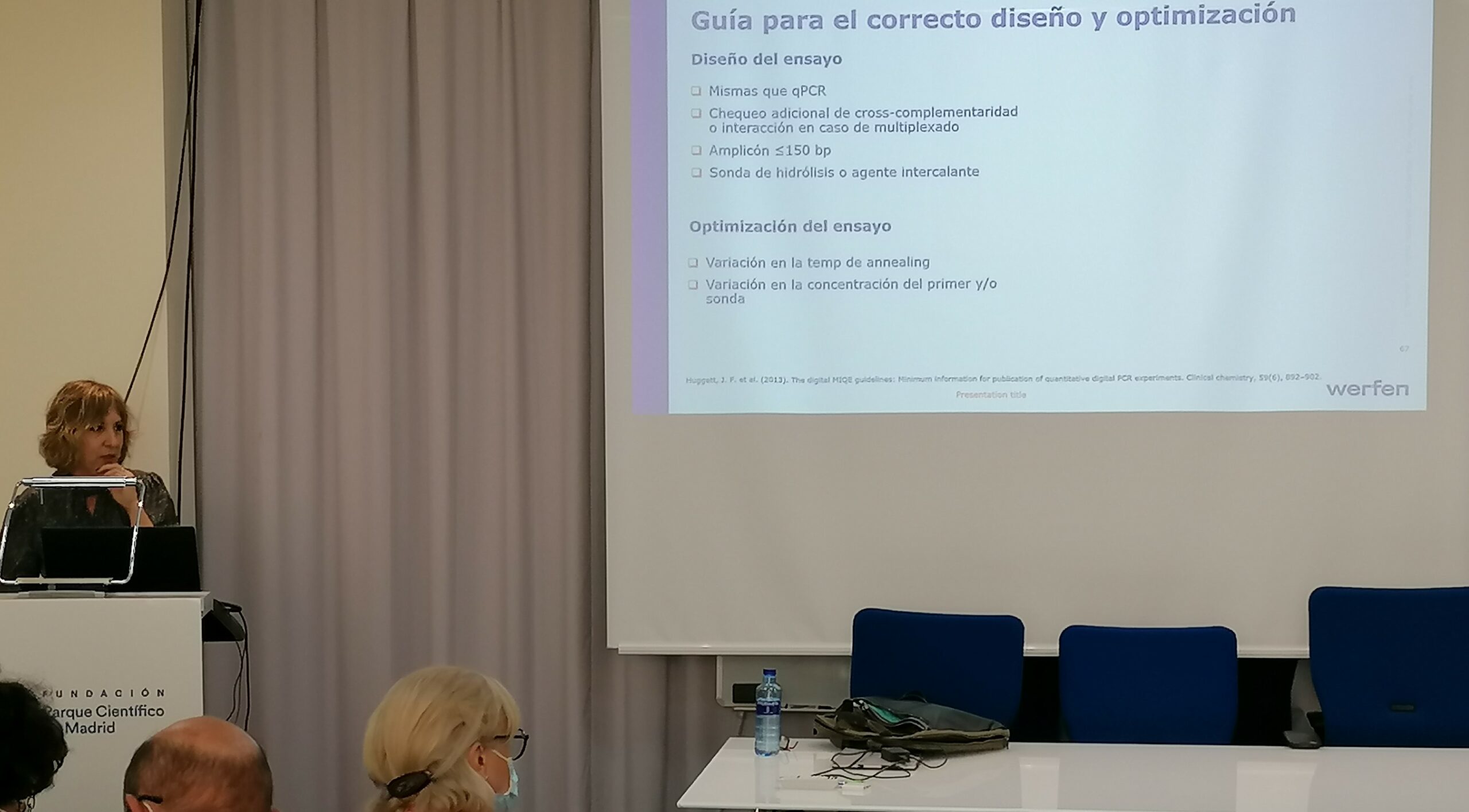
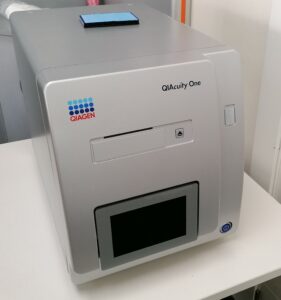
The interest aroused by this technology was translated into more than 50 attendees, belonging to twenty different R+D centers. After the seminar, participants were treated to an aperitif to discuss dPCR and possible collaborations. During the event, they were also able to see and learn first-hand about Werfen’s QIAcuity One model.
For additional information on the genomics services offered in the Park, which already includes digital PCR, you can consult the page of the FPCM Genomics Unit.

